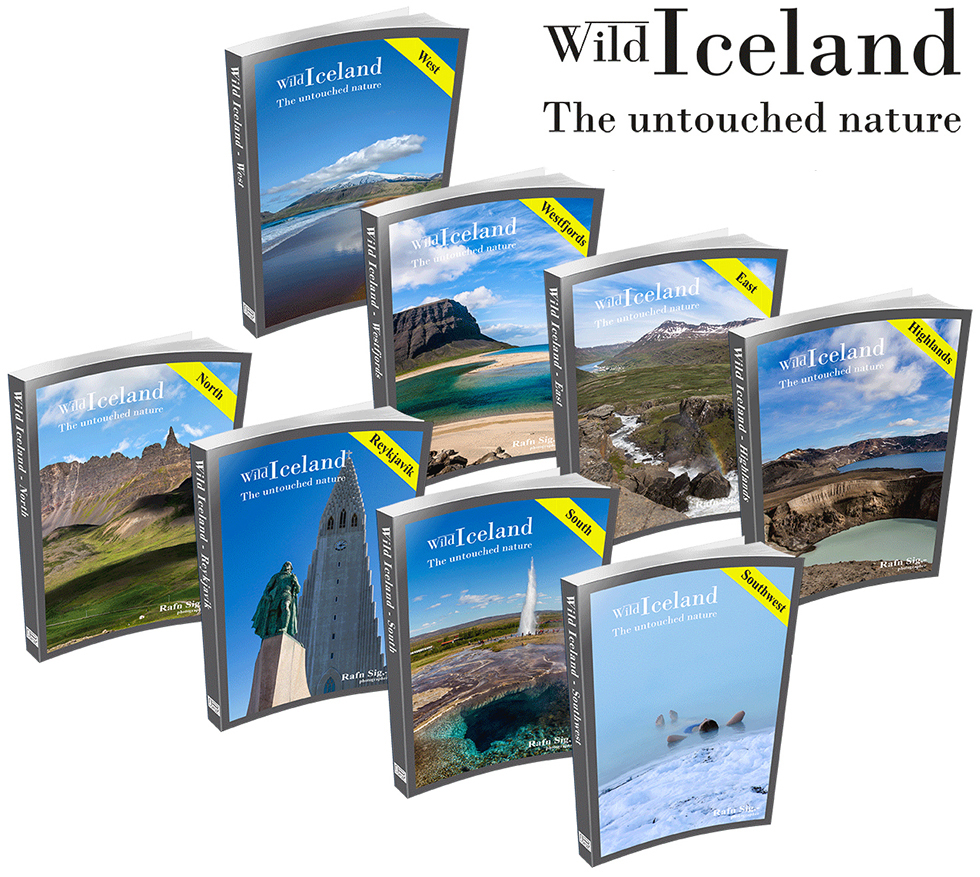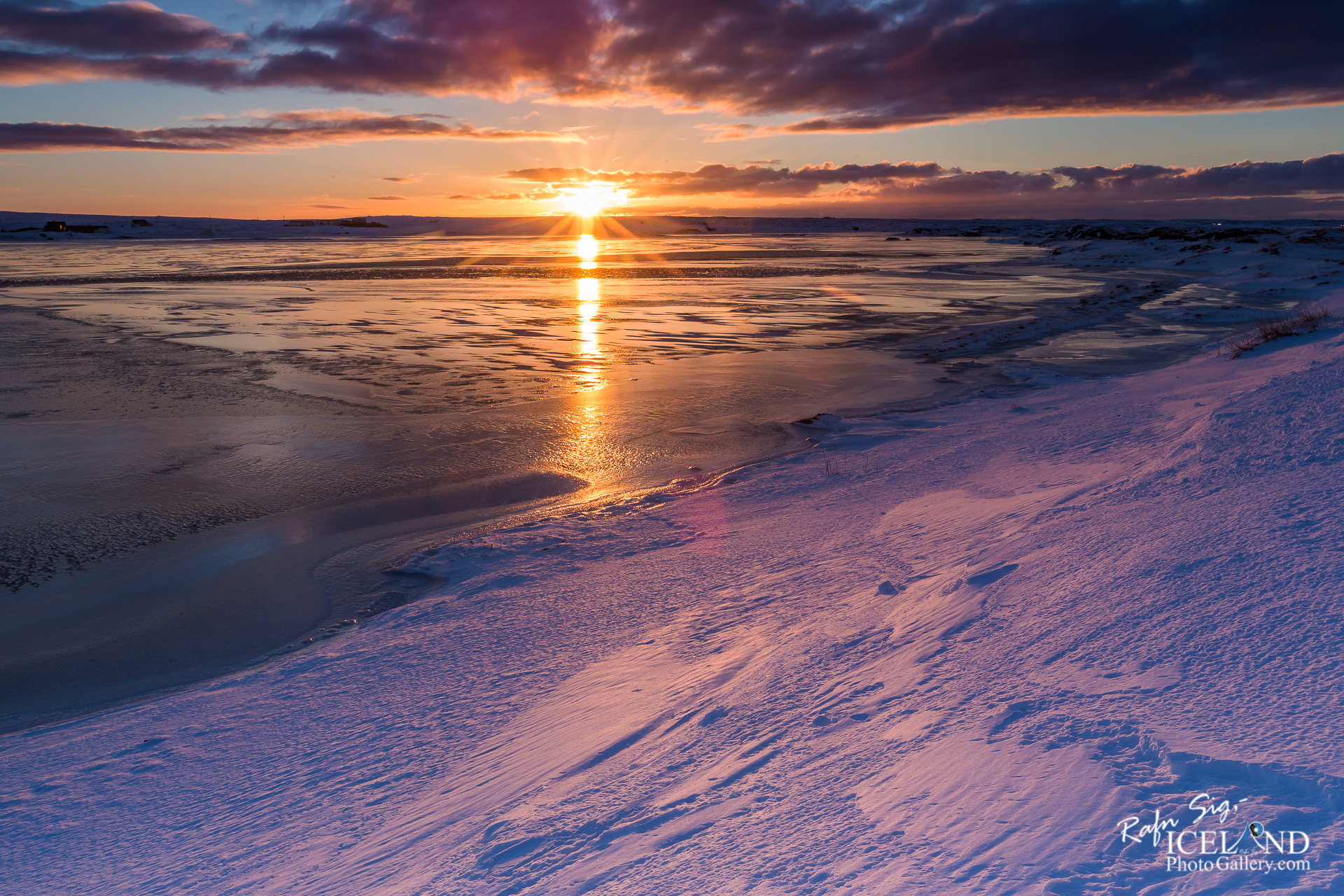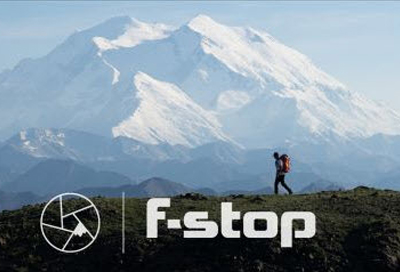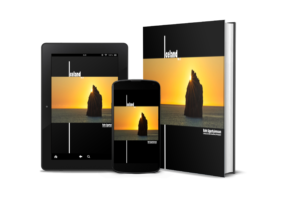2022-12-22
Vetrarsólstöður (sólhvörf) – winter solstice in Vogar │ Iceland Photo Gallery
Documenting Iceland
by: Rafn Sig,-
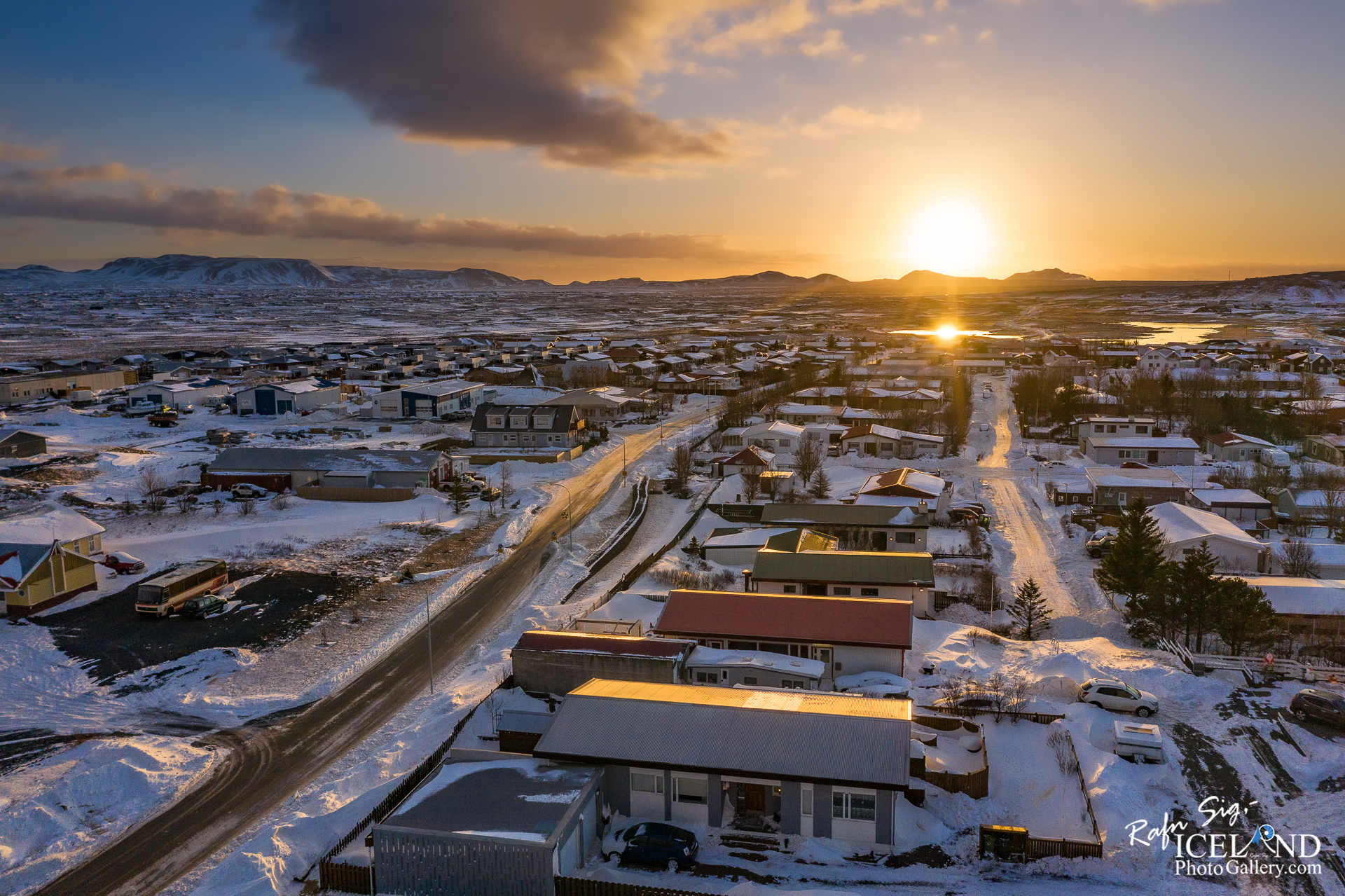
Á hverju ári þurfum við að mæta myrkrinu og á hverju ári fylgjumst við með því hvernig ljósið fæðist á ný um leið og sólin fer aftur að hækka á lofti.
Til þess að ganga úr skugga um hve mikið sólargangurinn lengist fyrst eftir vetrarsólstöður, verður að reikna með sekúndunákvæmni. Í ljós kemur að niðurstaðan fer mjög eftir breidd staðarins en einnig er hún breytileg frá ári til árs þótt á sama stað sé. Ástæðan er sú að sólstöðurnar ber ekki alltaf upp á sama tíma sólarhringsins. Með sólstöðum (eða sólhvörfum) er átt við þá stund þegar sólin kemst lengst til suðurs eða norðurs miðað við stjörnurnar á himinhvelfingunni. Ef sólstöður eru t.d. undir lok sólstöðudags, verður mjög lítill munur á lengd sólargangs þess dags og hins næsta. Mestur verður munurinn ef sólstöðurnar eru í byrjun dags. Þær tölur sem hér fara á eftir miðast við að sólstöður beri upp á miðjan dag (hádegi). Fyrsta sólarhring frá sólstöðum lengist sólargangurinn í Reykjavík um 9 sekúndur. Annan daginn lengist hann um 27 sekúndur og þriðja daginn um 44 sekúndur. Þetta eru sem sagt “hænufetin” í Reykjavík. Á Akureyri er fyrsta hænufetið 12 sekúndur, hið næsta 37 sekúndur og hið þriðja 62 sekúndur. Eins og sjá má, fara tölurnar ört hækkandi en mismunatölur þeirra eru því sem næst jafnar.
Þegar daginn fer að lengja fyrst eftir vetrarsólstöður, virðast áhrifin meiri síðdegis en að morgninum. Fyrstu dagana seinkar jafnvel sólarupprásinni, gagnstætt því sem búast mætti við, svo að sólin kemur upp örlítið seinna á jólum en á sólstöðunum. Þetta stafar af því að hádegið – sá tími þegar sól er hæst á lofti – er að færast til, þ.e. hádeginu seinkar eftir klukkunni að dæma. Klukkur eru stilltar eftir meðalsól og er þá reiknað með að sólarhringurinn sé nákvæmlega 24 stundir en í raun eru sólarhringarnir örlítið mislangir þannig að munurinn nemur hátt í mínútu á lengd stysta og lengsta sólarhrings yfir árið. Með sólarhring er átt við þann tíma sem líður frá því að sól er í suðri þar til hún er aftur í suðri. Um vetrarsólstöður er lengd sólarhringsins nálægt hámarki, um það bil hálfa mínútu fram yfir 24 stundir. Þess vegna seinkar hádeginu lítið eitt frá degi til dags á þessum árstíma eftir klukkunni að dæma.
Vetrarsólstöður eru á kaldasta tíma ársins. Í gegnum söguna hefur veturinn verið tími til að leggjast inn í hýði. Á vetrarsólstöðum fögnuðu mennirnir endurkomu sólarinnar sem lífgjafa og vonargjafa mitt í öllum kuldanum og myrkrinu. Vetrarsólstöður og það að lifa með myrkrinu hefur haft áhrif á líf fólks í gegnum aldirnar og hefur fengið fólk til að búa sér til helgisiði sem snérust um að fagna sigri ljóssins og lífsins yfir myrkrinu og kuldanum.
Shakespeare sagði; ,,Myrkrið á sínar góðu hliðar”. Þegar skýin hörfa og stjörnurnar og norðurljósin lýsa upp himininn, þá vaknar hugurinn og við finnum vakna innra með okkur þessa þrá eftir einhverju stærra og meira. Við finnum til smæðar okkar sem einstaklingar og skynjum víddirnar innra með okkur.
(Heimild: Almanak Háskólans og fl.)
Every year we have to face the darkness and every year we watch how the light is reborn as the sun rises again.
In order to ascertain how much the sun’s passage first lengthens after the winter solstice, it is necessary to calculate with second precision. It turns out that the result depends a lot on the width of the place, but it also varies from year to year, even in the same place. The reason is that the solstice does not always rise at the same time of day. The solstices (or solstices) refer to the moment when the sun reaches the farthest south or north relative to the stars in the sky. If the solstice is e.g. towards the end of the solstice day, there will be very little difference in the length of the sun’s passage that day and the next. The biggest difference will be if the solstice is at the beginning of the day. The numbers that follow are based on the solstice occurring at midday (noon). In the first 24 hours after the solstice, the sun’s passage in Reykjavík lengthens by 9 seconds. On the second day it lengthens by 27 seconds and on the third day by 44 seconds. These are the so-called “chicken feet” in Reykjavík. In Akureyri, the first chicken leg is 12 seconds, the next 37 seconds and the third 62 seconds. As you can see, the numbers are increasing rapidly, but their differences are almost equal.
When the day begins to lengthen first after the winter solstice, the effect appears to be greater in the afternoon than in the morning. For the first few days, even the sunrise is delayed, contrary to what might be expected, so that the sun rises slightly later on Christmas than on the solstice. This is due to the fact that noon – the time when the sun is highest in the sky – is moving, i.e. judging by the clock, lunch is late. Clocks are set according to the mean sun and the day is calculated to be exactly 24 hours, but in reality the days are slightly different in length, so the difference amounts to up to a minute in the length of the shortest and longest day of the year. A 24-hour period refers to the time from when the sun is in the south until it is again in the south. Around the winter solstice, the length of the day is near its maximum, about half a minute longer than 24 hours. That’s why lunch is delayed a little from day to day at this time of year judging by the clock.
The winter solstice is the coldest time of the year. Throughout history, winter has been a time to go into hiding. During the winter solstice, people celebrated the return of the sun as a giver of life and hope in the midst of all the cold and darkness. The winter solstice and living with the dark has influenced people’s lives throughout the ages, prompting people to create rituals to celebrate the victory of light and life over darkness and cold.
Shakespeare said; “Darkness on its good side”. When the clouds retreat and the stars and northern lights light up the sky, the mind awakens and we feel this longing for something bigger and more awakening within us. We feel our smallness as individuals and sense the dimensions within us.
(Source: The University’s Almanac, etc.)
. . . All info at: https://www.patreon.com/RafnSig
You can buy this and other photos at my Icelandic Stock Photo Web: IcelandStockPhotos.com
– 0 –
Viltu styrkja þessa síðu?
Vefsíðan Iceland Photo Gallery er unnin í sjálfboðavinnu. Ef þú hefur áhuga á að styrkja þetta framtak til áframhaldandi uppbyggingar er hægt að leggja inn á:
Reikningsnr.: 0101-26-013169
Kennitala: 310155-4469
